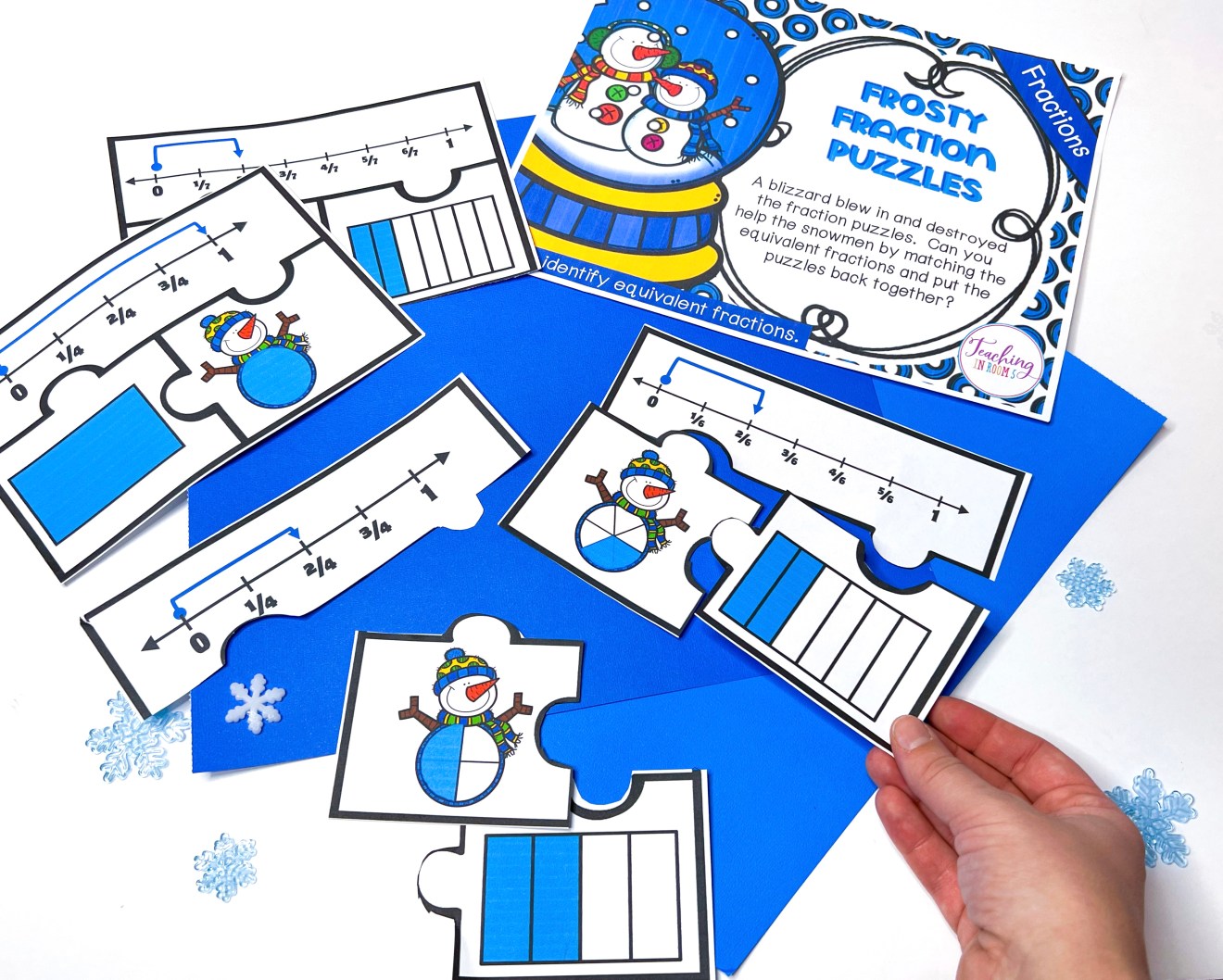Managing Small Group Math Time

Are you wanting to try small group math instruction but struggling with how to begin? Some of the questions you may have include:
- What is everyone doing?
- How do I hold students accountable?
- What should you do with your kids at the table?
I’ve been there, and now I’ve got some solutions just for you!
Students Have Different Needs
I don’t know about you, but for me, small group time seems to flow effortlessly with reading. Math, on the other hand…not so much. A few years ago, the idea of implementing small groups in math seemed overwhelming to me. In addition to the grade-level content I needed to cover, I knew that I also needed to help my students with the various skills they needed to work on. The textbook wasn’t meeting all of my students’ needs, and I needed a way to give extra support or extend my students’ learning so they could achieve the most growth. So, I began coming up with a plan.
Small Group Workshop Wonderland
Let me paint a picture for you. You walk into a classroom and look around. You see several students working independently on various activities. They are working at review centers or doing additional practice from the day’s mini-lesson. They are calm and engaged. Over in the corner, you see the teacher sitting at a table with five to six students. The teacher is giving this small group of students some extra instruction to help them thrive. This small group is actively participating in this time while the rest of the students in the class remain productive, despite not having an adult available to redirect them constantly. Sound too good to be true? It’s not! Keep reading to find out how to make this a reality in your classroom.
May Do & Must Do
Giving kids a choice during small group math instruction was the path to my workshop wonderland. My secret ingredient? A “May Do and Must Do” Google Slide. That’s right! A simple Google Slide made it all possible. This is a simple slide that assigns students activities that are either required (the “must do”) or optional (the “may do”). Assignments in the “must do” section must be completed first. Then, students may choose between activities in the “may do” section. Each day after our math mini-lesson, I pull up the slide so that they always know what they should be working on.

My go to for “ must do” tasks are self-grading pixel art tasks because they are fun and engaging. As a bonus, these are self-checking which gives kids instant feedback and saves me tons of time grading. While I’m pulling kids to the table, students have a small assignment that I’ll use as a grade. This is typically something quick and simple so that kids can feel successful without me standing over them and telling them what to do as they work.
I’ve tried the math stations that you change out daily, but I personally found them exhausting and hard to keep up with each day. I also tried weekly centers, which are much better but still time-consuming. So instead, I began making my monthly centers for my 5th graders. They absolutely love them, and I can prep them at the beginning of the month and be set for four weeks. This has been a lifesaver for me! You can read more about centers here.
At the Table
The kids are so engaged with their Must Dos & May Dos that I rarely have any behavior issues during workshop time. This allows me to pull two twenty-minute groups each day. I try to keep my groups small with six to eight kids. Since I typically have around 30 students, I end up with four groups, which means I can visit with each group twice a week to give them personalized instruction. Meeting with groups at the table also helps me to get to know students on a more personal level. This helps students to feel more confident and comfortable asking questions in a small group setting.
My favorite small group activities include:
- fact fluency warm ups
- modeling with manipulatives
- math games, and
- word problems
My students’ favorite is the center games. I love these because they are quick and engaging for the kids. I also like that I can pull games that focus on specific skills that the kids need extra guided practice with. Then, I include activities to extend this learning as a “may do” option the next day.
Wear the Crown
One final tip for managing small groups that has been very helpful in my classroom – wear a crown! No really, I have a couple of crowns I bought from Amazon that I wear when I’m meeting with groups. This is a visual cue for students that they need to wait to ask me questions. They know that when the crown goes on, they should not interrupt. Once you get kids to value their time at the table, they are less likely to interrupt other students’ time anyway, but the visual cue never hurts (and is pretty fun).

Get Started Today
If you are ready to try out monthly math centers in your classroom, click here to buy them today. Or grab your FREE copy of my Must Do & May Do Slide by clicking the link below.










